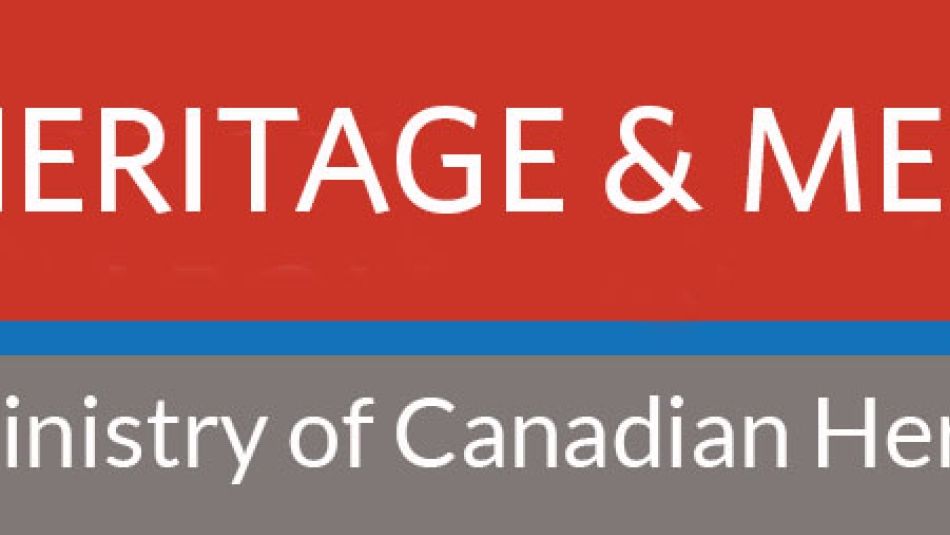
Unifor represents more than 14,500 members employed in Canada’s media sector. This sector includes the print newspaper, graphical/commercial printing, film and broadcast industries – all significant parts of Canada’s broader cultural industry. Unifor members create and distribute Canadian news, information and entertainment programming across our airwaves, both locally and nationally. Our members work for radio and television stations serving local communities, pay and specialty TV stations, as well as distribution services that include cable, satellite and wireless telephony. Approximately 5,000 Unifor members are employed within the Canadian television industry and will be affected by proposed regulatory changes offered by the CRTC in its recent review of the TV system.
Unifor priorities
Canadian content on television plays an important part in forming our nation’s cultural identity. The telling of Canadian stories - through drama, entertainment, kids’ programming and documentary - is like oxygen that sustains our culture. Canadian programming has long competed against an overwhelming tide of American television. The various Canadian content rules that support national and local programming helps mitigate unfair competition from American broadcasters which recover their costs and make strong profits long before they export programming to Canada.
Canada’s broadcast industry is undergoing a major structural transformation. New media platforms (whether online or on-demand services) are changing viewing habits and eating away at traditional revenue streams, affecting both public and private broadcasters. This is coupled with a dramatic rise of foreign-based, unregulated internet streaming broadcasters such as Netflix which are siphoning off subscription and advertising revenues from distributors. Unfortunately, as traditional revenue streams dry up, so too does the financial support provided to Canadian TV programming – the two are inextricably linked.
In response to this transformation, the CRTC unveiled a series of very costly deregulatory decisions regarding the funding and broadcasting of Canadian programming; decisions that severely exacerbate and undermine the revenue model for supporting Canadian content. The introduction of channel unbundling along with the elimination of genre exclusivity and Canadian preponderance rules will lead to the closure of many speciality stations. The ongoing exemption of Over-The-Top (OTT) service providers from making Canadian programming contributions and eliminating revenue tools such as simultaneous substitution will simply starve funds that support Canadian on-screen productions. The only in-depth research available predicts the CRTC’s regulatory changes will reduce Canadian programming expenditures by $400 million, and result in 7,000 direct job losses by 2020.
Most concerning is that this TV system revenue strain is magnified for local stations, especially those servicing small and medium-sized markets. The overwhelming majority of Canadian TV watchers consider local news valuable to them, as opinion polls continue to demonstrate. At the same time, private conventional TV station revenue has plummeted – by 20% between 2010 and 2014. Profits among the most vulnerable stations have dropped by 92% over that same period. In response, broadcasters are opting to cut local programming (perhaps the most egregious example being the elimination of third-language newscasts on OMNI stations), newsgathering resources and jobs. So far, the CRTC has been unwilling to intervene and lend necessary regulatory support to keep local TV and local news alive. The latest research predicts half of all small market stations could close by 2020, if the Commission’s current deregulatory direction continues.
Specific issues and policy recommendations
In light of our general concerns on Canada’s existing media and television broadcast policy framework, there are a series of pressing matters of importance to Unifor members that we encourage the Minister to explore in the near term (some of which can be directed through an order of federal cabinet):
• Immediately require cable companies to provide a managed pick and pay menu that restores the principle of Canadian “preponderance” by requiring a minimum number of Canadian choices to match foreign selections. The majority of channels distributed to Canadian households (airing content that is mostly Canadian) must be Canadian-owned and controlled.
• Direct the CRTC to review the impact of pick and pay before the program is fully implemented. The
Commission should undertake an interim economic impact assessment of the pick and pay model no later than December 2016, following the first stage roll out in March 2016. The CRTC should host a public consultation and review in 2017.
• Initiate a long-overdue public review of the Ethnic Broadcasting Policy, in light of significant third-language news program cuts at OMNI TV stations. This review must take place at some point in 2016.
• Immediately replace the loss of cable company contributions to Canadian film production with enhanced tax credits.
• Take immediate steps to correct the existing sales-tax loophole that unfairly advantages foreign OTT providers (such as Netflix) over Canadian media companies.
• The Ministry must also direct the CRTC to establish a market penetration threshold for both foreign and domestic OTT services in Canada. Once that predetermined threshold is met (i.e. once OTT providers have claimed a large enough portion of Canada’s television viewing market) the Commission should immediately terminate the Digital Media Exemption Order that has so far exempted OTT providers from contributing to Canadian content requirements.
• Guarantee a restoration of past budget cuts to the CBC. The government’s bold commitment to restore funding should be implemented going forward by targeting future budgets to at least the average per capita expenditure on public broadcasting among comparable Western democracies. Priority should be given to restoring the budgets for local programming at CBC stations.
To download a fact sheet about Unifor's priorities in heritage and media (PDF) click the link below:


